Pricing Strategies
The pricing strategy management module is the heart and soul of our pricing tool.
The collection, matching and linking stages are necessary to clean and prepare your data, ensuring that it is ready for use in our pricing algorithms.

Your data combined with our AI and the expertise of our teams converge to offer you optimal rate recommendations.
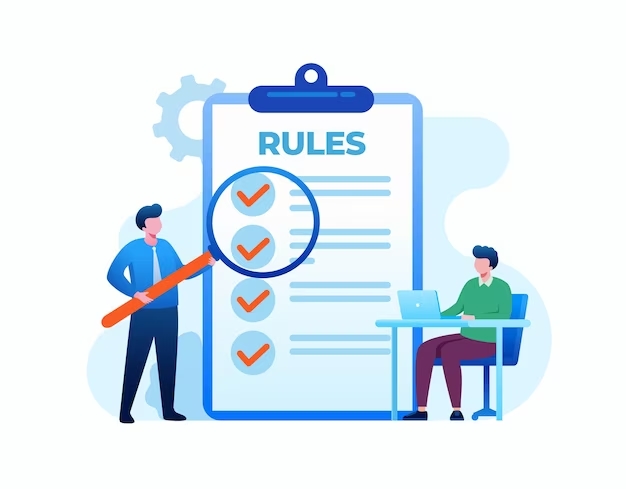
Pricing strategy: Create unlimited pricing rules
Create customized pricing rules based on criteria such as costs, margins, market trends and sales volumes. In addition, our module makes it easy to manage an unlimited number of pricing rules to adjust your prices according to your business strategy and specific objectives.
In addition, retailers can apply bulk price changes using rules based on predefined parameters, while still retaining the flexibility to manually adjust prices for individual products and stores. This approach allows them to strike the perfect balance between operational efficiency and precise decision-making, ensuring optimal responsiveness to evolving market dynamics
A catalog of management rules and statistical models at your disposal
Our solution includes a fairly comprehensive catalog of management rules and statistical models based on market best practices. In addition, you have access to a variety of rules for alignment, margins, sales price evolution, etc. Indeed, these rules and models are designed to help you optimize your prices. They take into account the relevant factors of the market and your business.

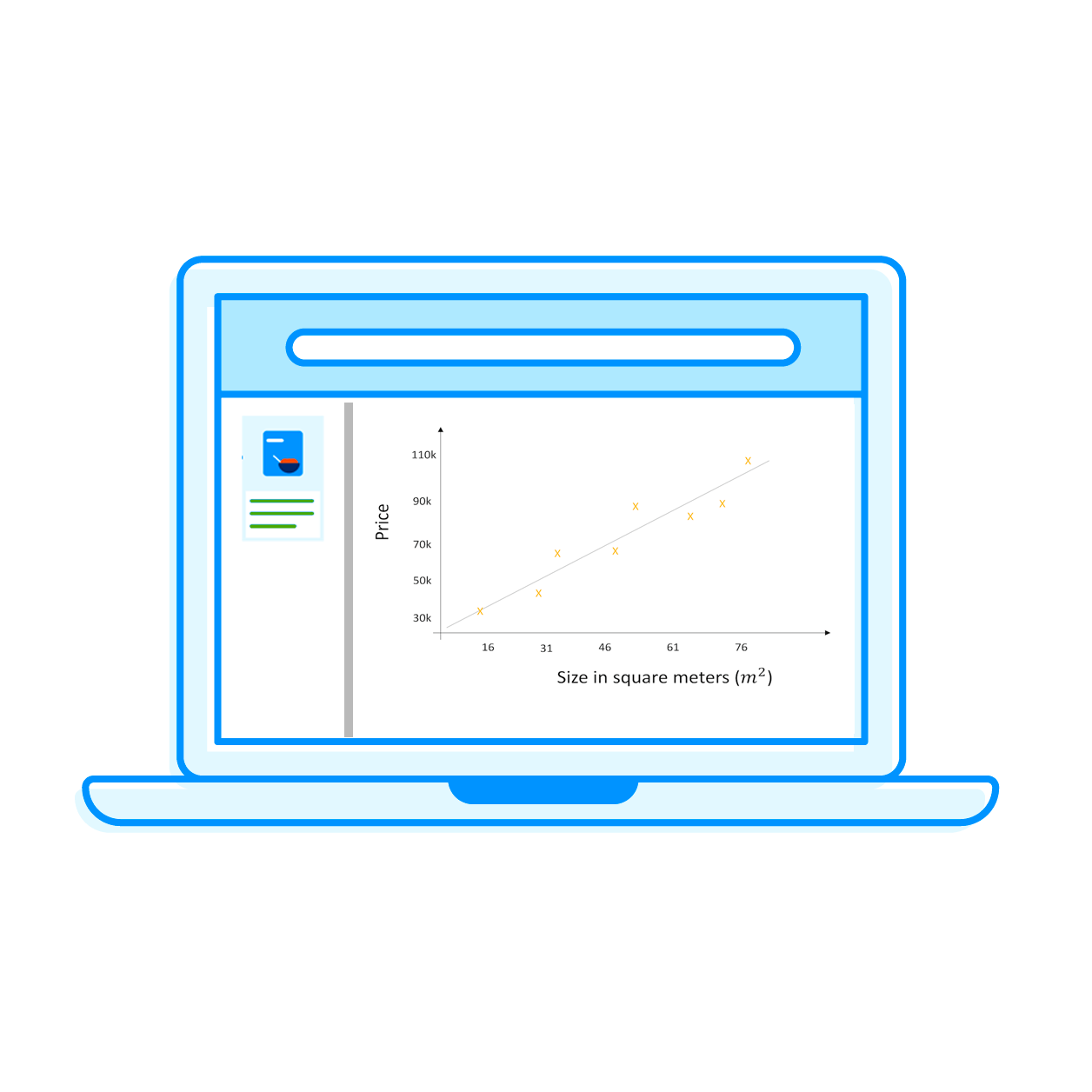
"Best fit" algorithmic modules
Our solution uses advanced algorithms, such as“best fit“, to optimize prices. Taking your goals into account, it evaluates historical data, market trends and product costs. So make informed decisions to maximize revenue, reduce price gaps and optimize margins.
Versatile price management module
In just a few clicks, you can choose to use the full version of the solution at the central level, for example, or opt for a lighter version deployed at store level. This offers you maximum flexibility without requiring specific developments.
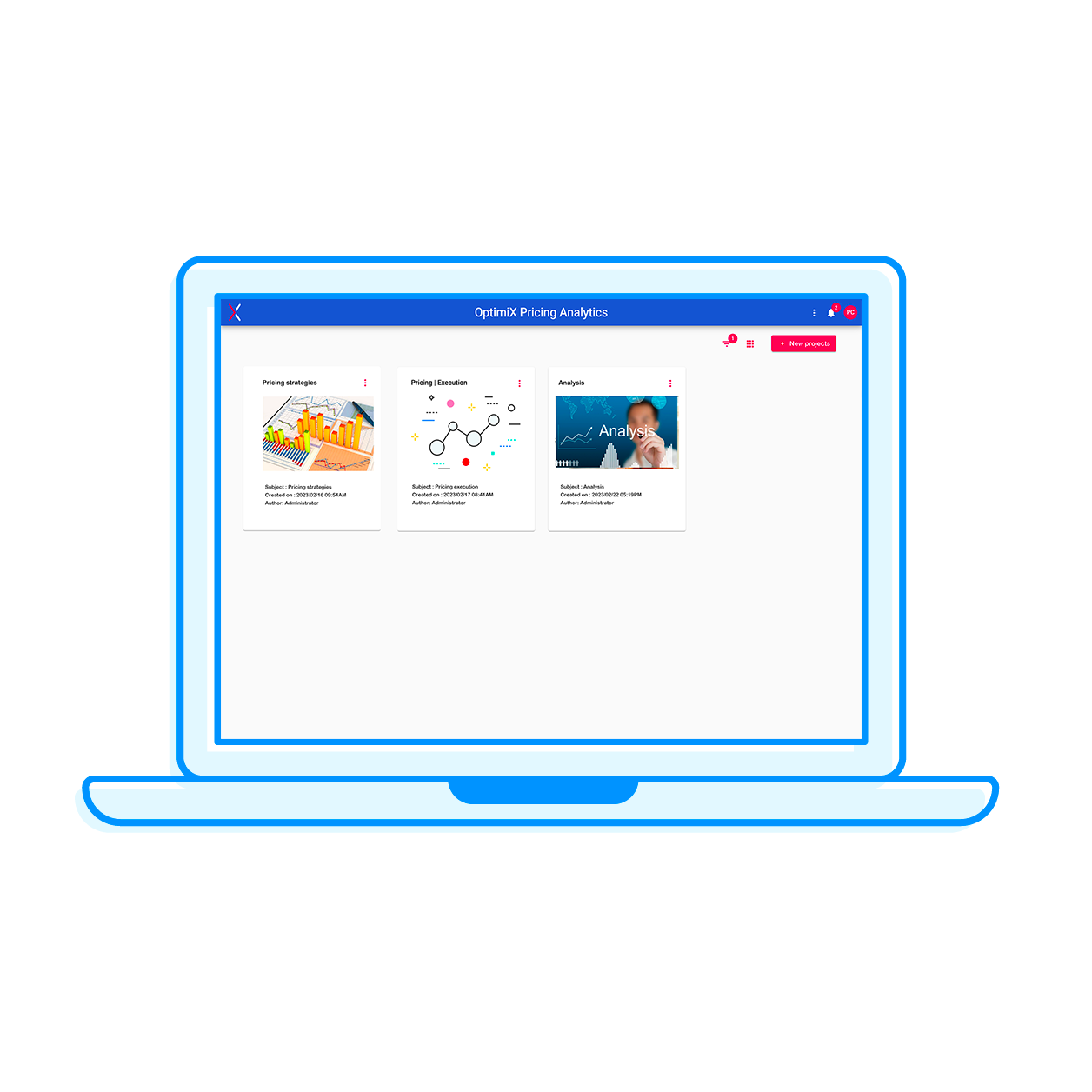
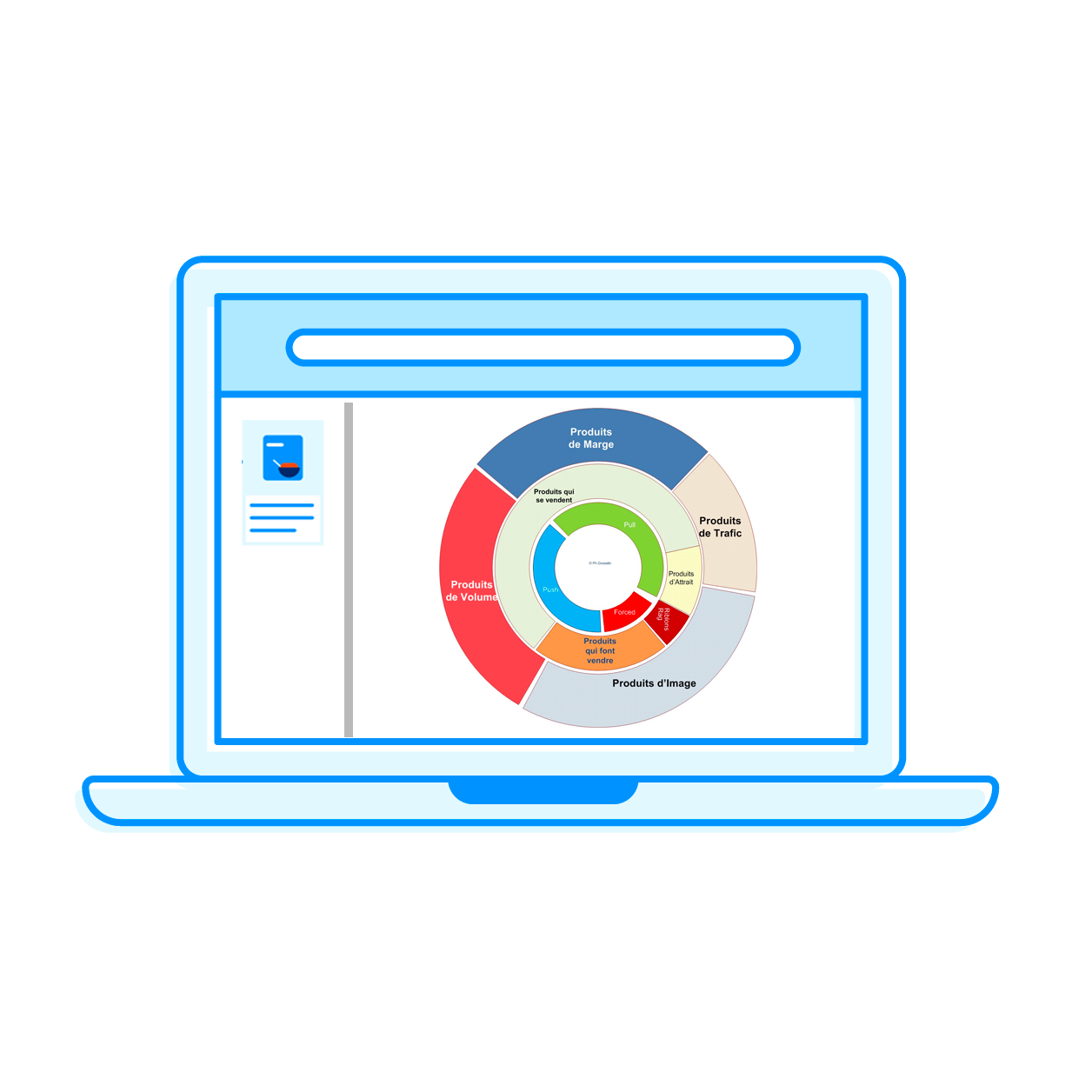
Product assortment segmentation
Segment your product assortment according to various analysis axes such as department, competitors, brands, clusters, and more.
This segmentation enables you to better understand your different product segments and adjust your pricing strategies accordingly.
Definition and application of price rankings
Choose price ranks for each store, cluster or product family. These price ranks help you manage price variations and apply consistent pricing strategies across your entire distribution network.
Our module facilitates price assembly by grouping products according to specific criteria.
Create consistent sets of products for which you want to apply similar pricing strategies. Efficiently manage your assortment and ensure appropriate pricing for each product group.


Margin maintenance and compensation
Ensure the preservation of your profit margin by effectively maintaining and compensating it when implementing strategies across various product categories. Intelligently adapt prices while safeguarding your overall profit margin.
Elasticity calculations
Our module incorporates elasticity calculations to assess the sensitivity of prices to demand. This enables you to understand how price variations can influence sales volumes, and adjust your pricing strategies accordingly.
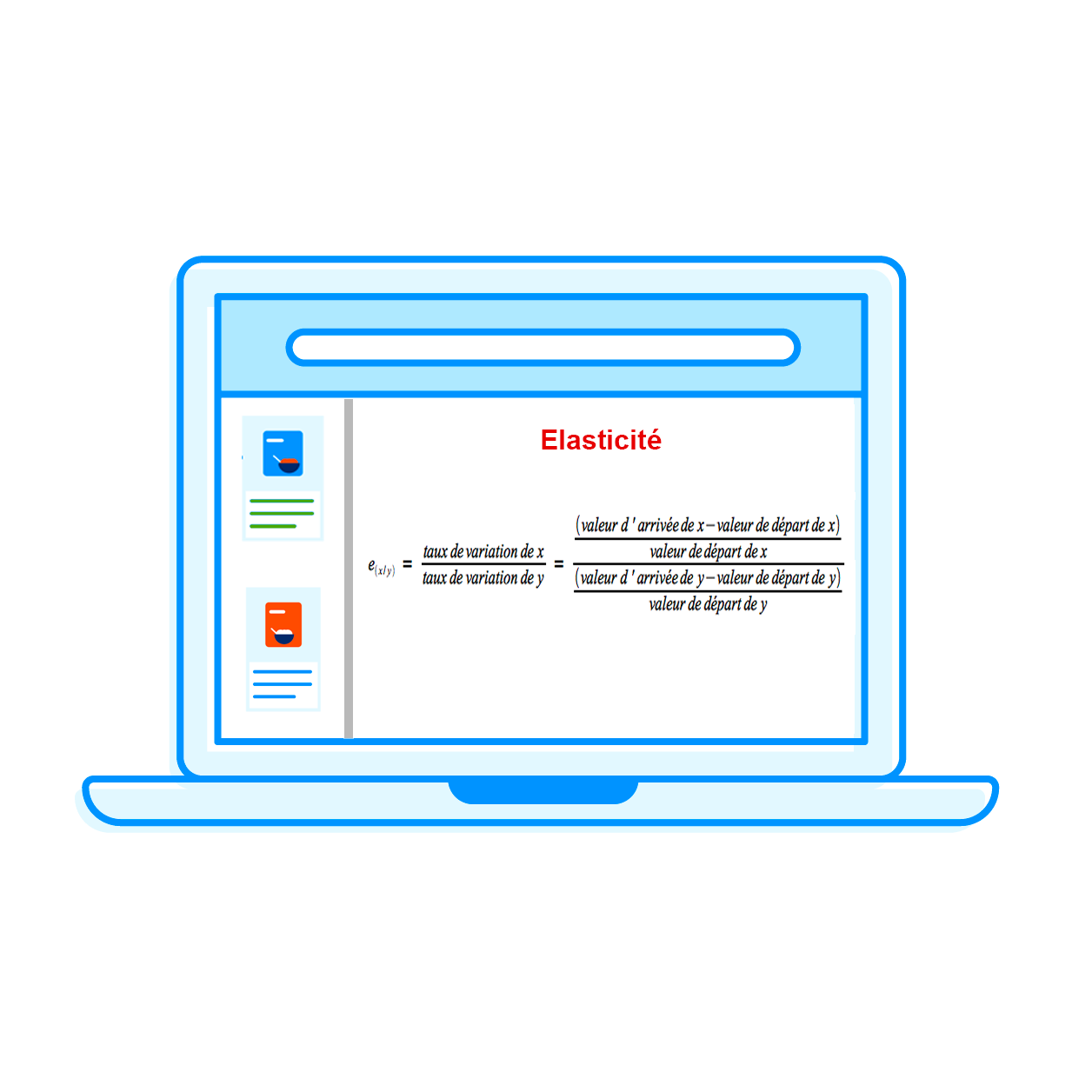
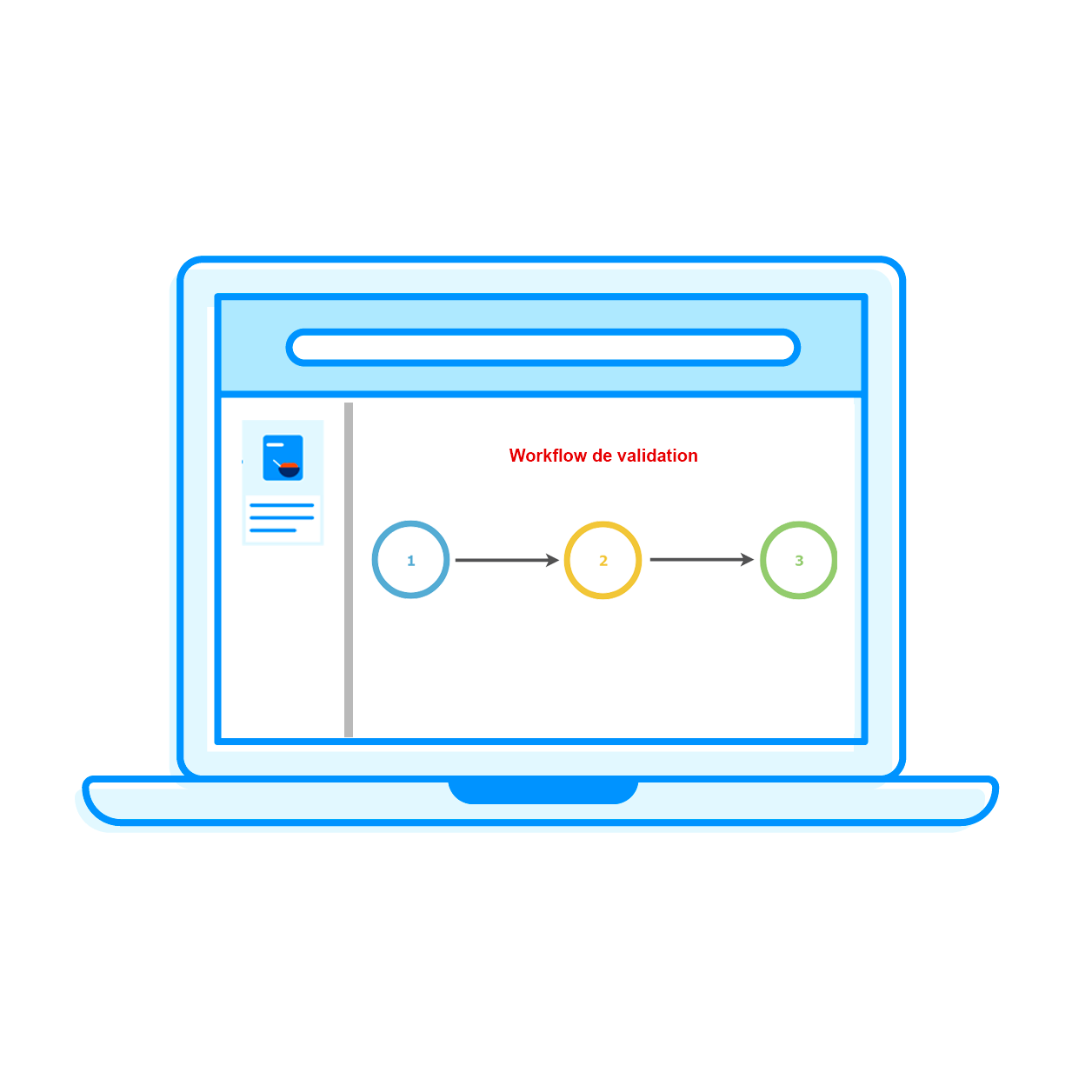
Validation workflow
Our solution provides a comprehensive validation workflow, enabling seamless collaboration between pricers, category managers, and management. With the ability to define validation steps and assign clear responsibilities, you can ensure the consistent approval of pricing decisions.
Category-based competitor identification
Easily identify competitors within each product category. By continuously monitoring and analyzing the competition, you can get insights into their pricing positioning and make necessary adjustments to your strategy. Stay informed and adapt your approach accordingly
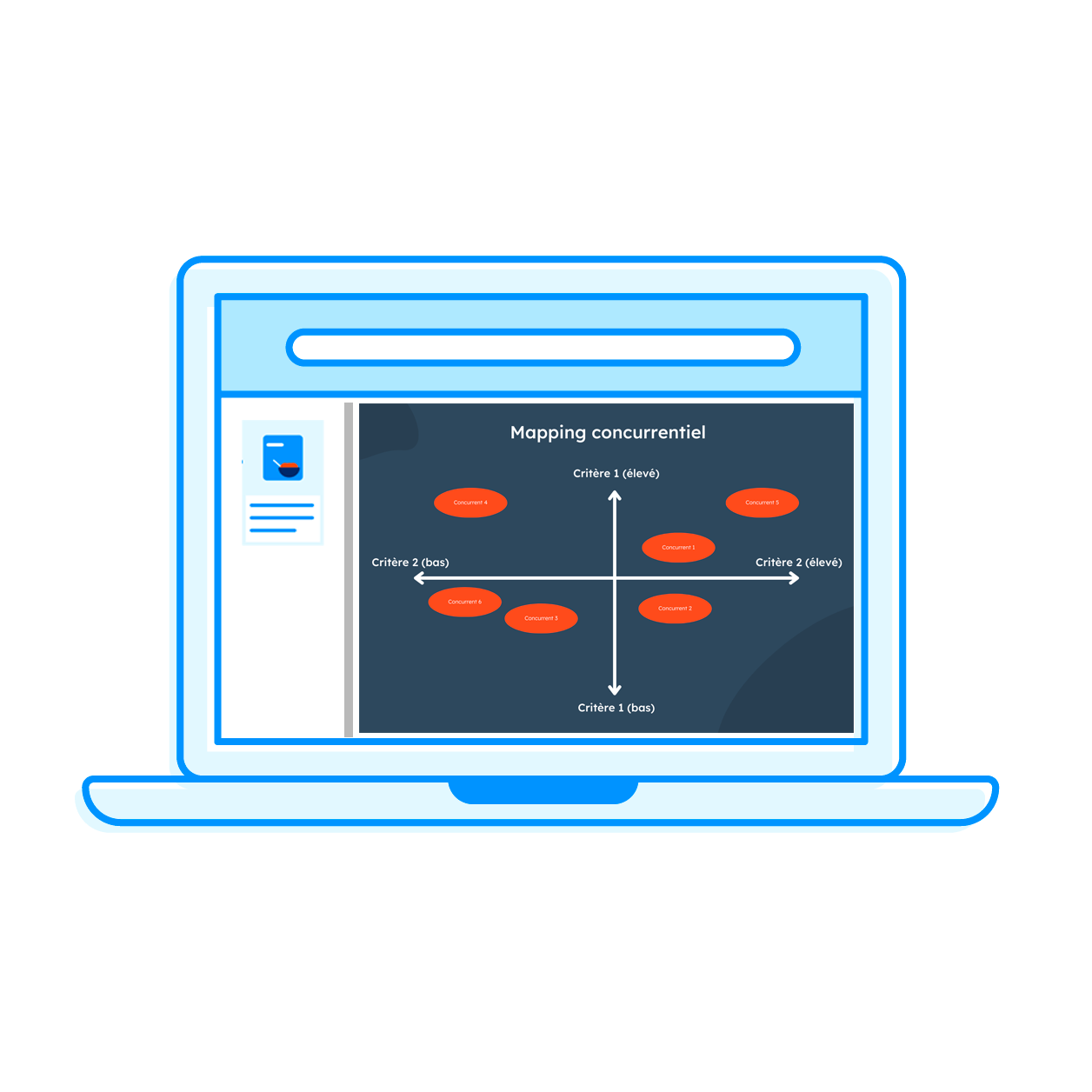

Pricing positioning analysis
Conduct a comprehensive analysis of your competitors’ pricing positioning. Gather and structure the price data of your competitors, and assess their pricing to compare it with your own offerings.
Price sensitivity measurement by category
Analyze sales data and assess how price changes affect demand. This understanding of price sensitivity enables you to define more precise pricing strategies and optimize your profit margins.


Identification of marketing levers impacting price
Identify the marketing levers that influence product pricing. Analyze factors such as branding, promotions, advertising campaigns and other marketing initiatives to understand their impact on pricing. Adjust your pricing strategies in line with these levers to maximize your sales results.
Establishment of rules and control procedures
Define customized rules and controls to adjust your pricing. Set specific criteria such as target margins, price ceilings, allowed promotions, etc. These rules and controls ensure consistency and compliance in your pricing decisions.

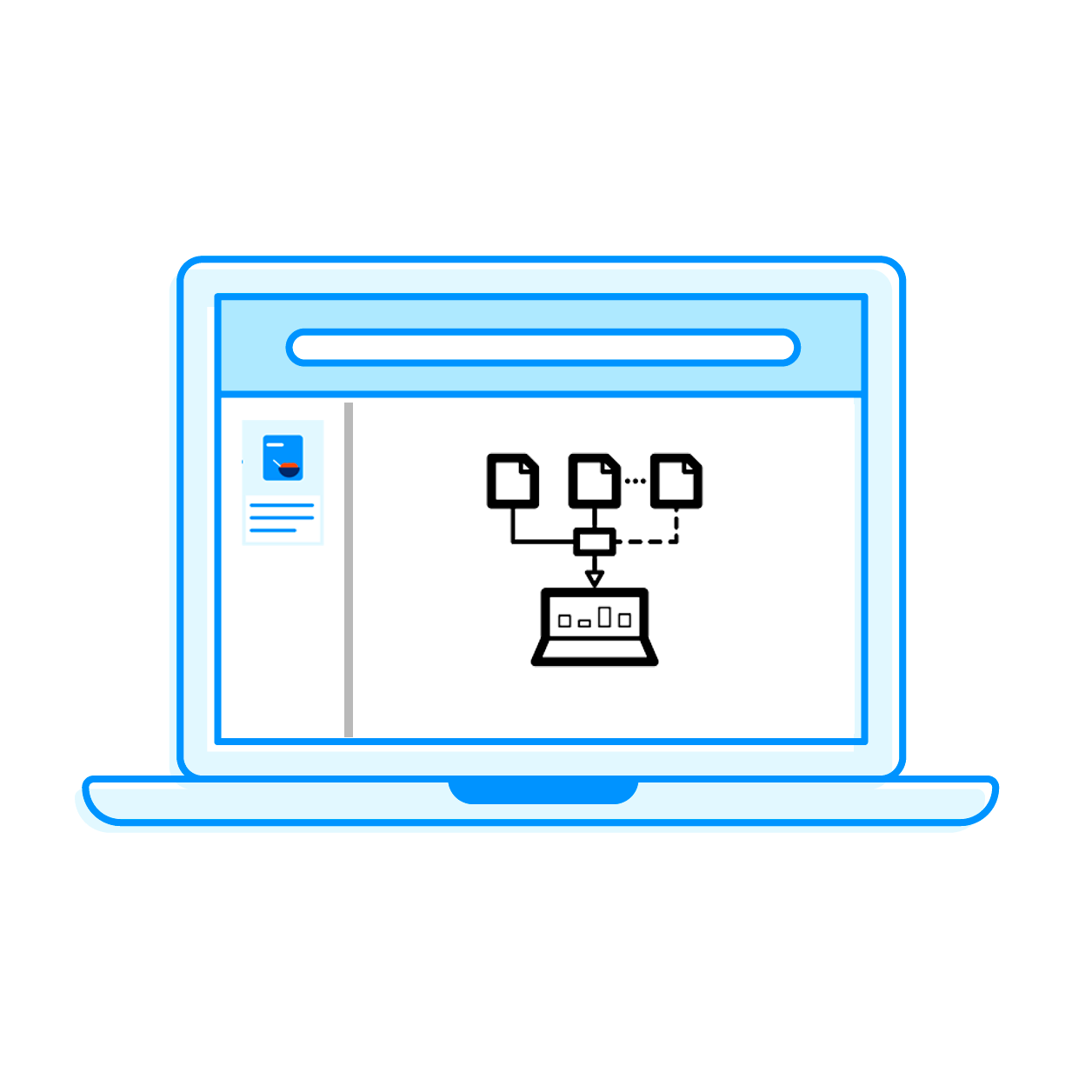
Import of External Data
Import relevant external data and integrate it with your data from sources such as suppliers, price databases, market studies, etc. This integration enables comprehensive analysis and empowers you to make informed decisions based on the latest information.
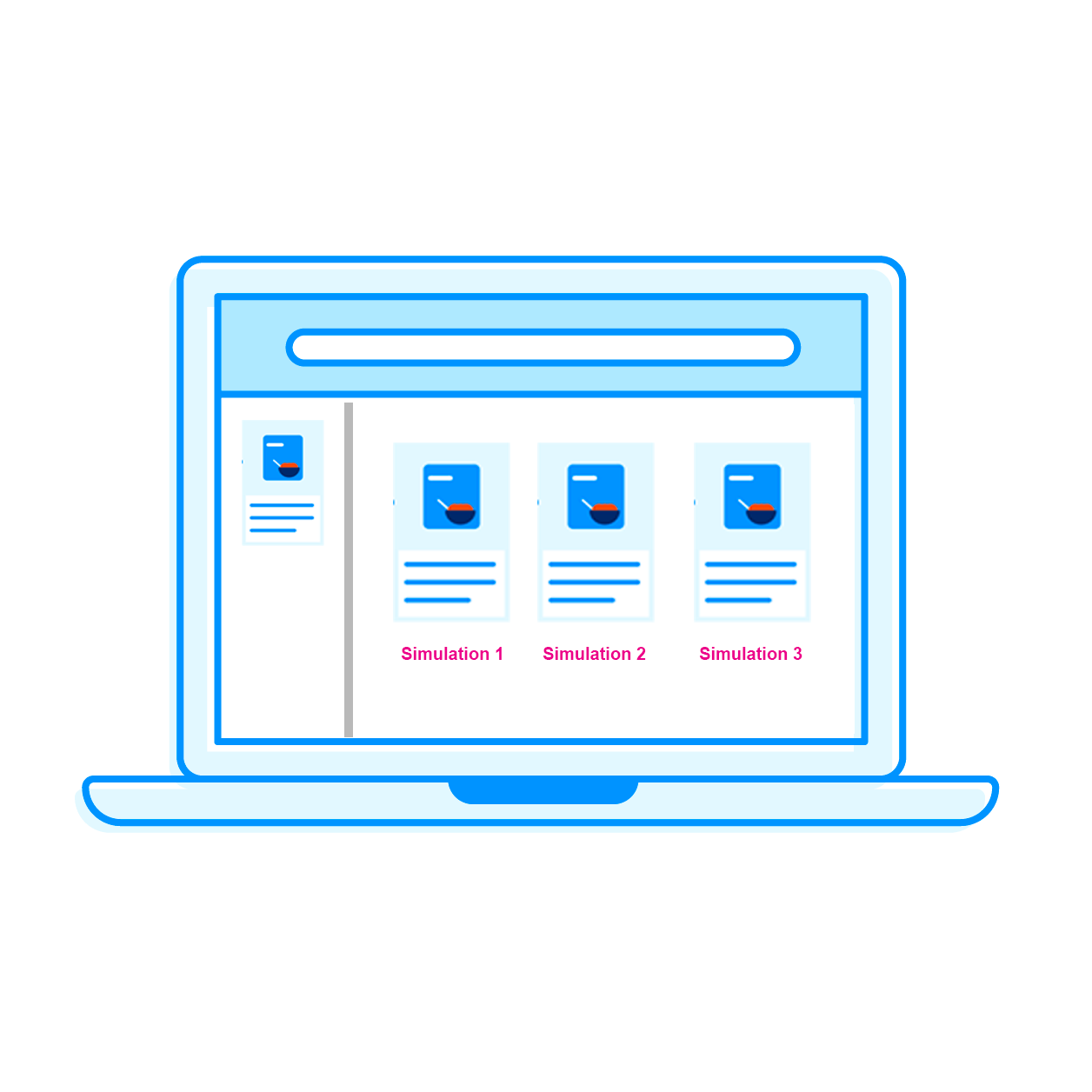
Simulations and Iterations
Perform simulations and successive iterations to evaluate different pricing strategies. Conduct tests with different assumptions, fine-tune price variables, and analyze the outcomes of each simulation. This helps refine your approach and find the optimal pricing strategy.
KPIs and custom dashboards
Create customized dashboards to track and analyze metrics such as margins, sales, profitability, price sensitivity, etc. These dashboards give you a clear view of the performance of your pricing strategy.
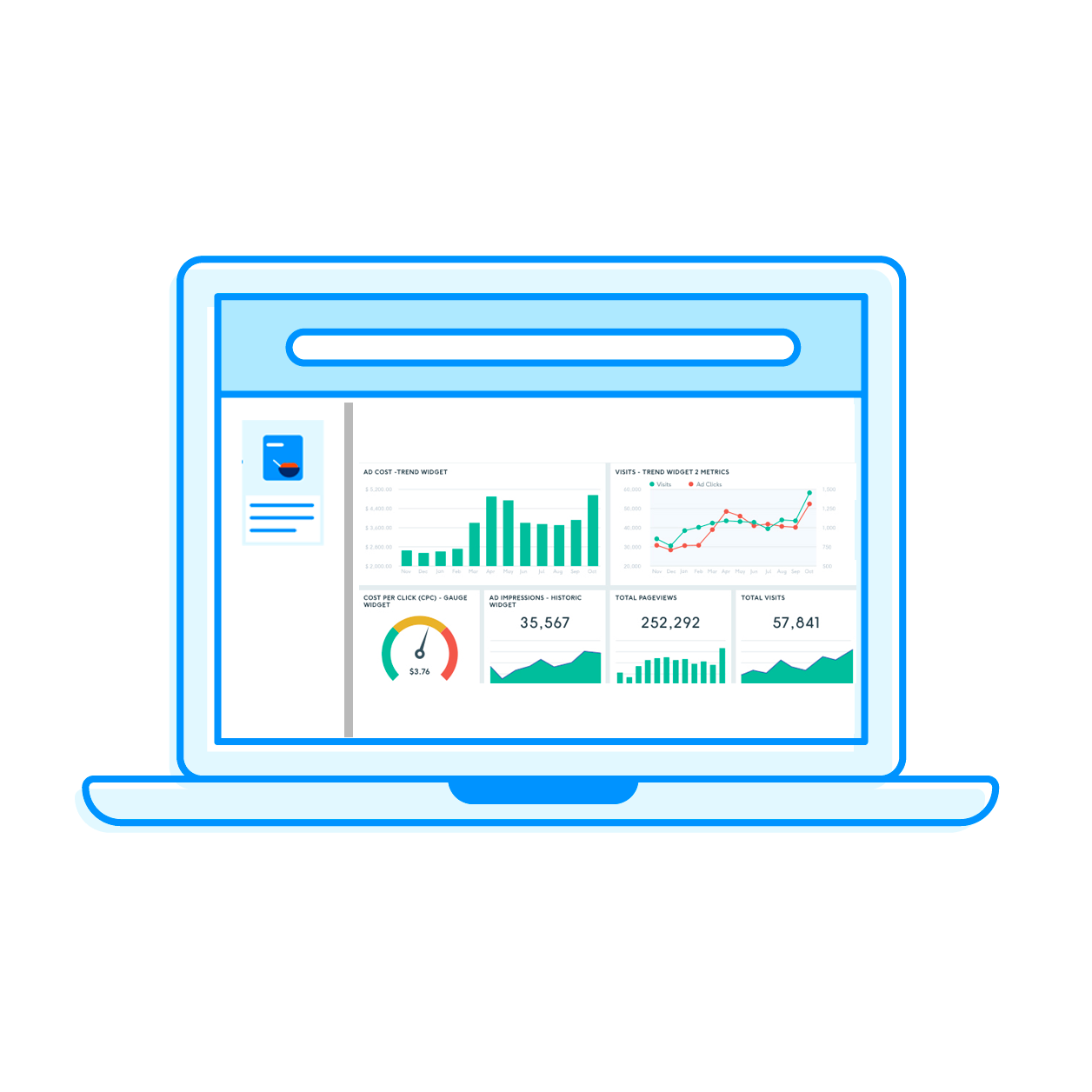
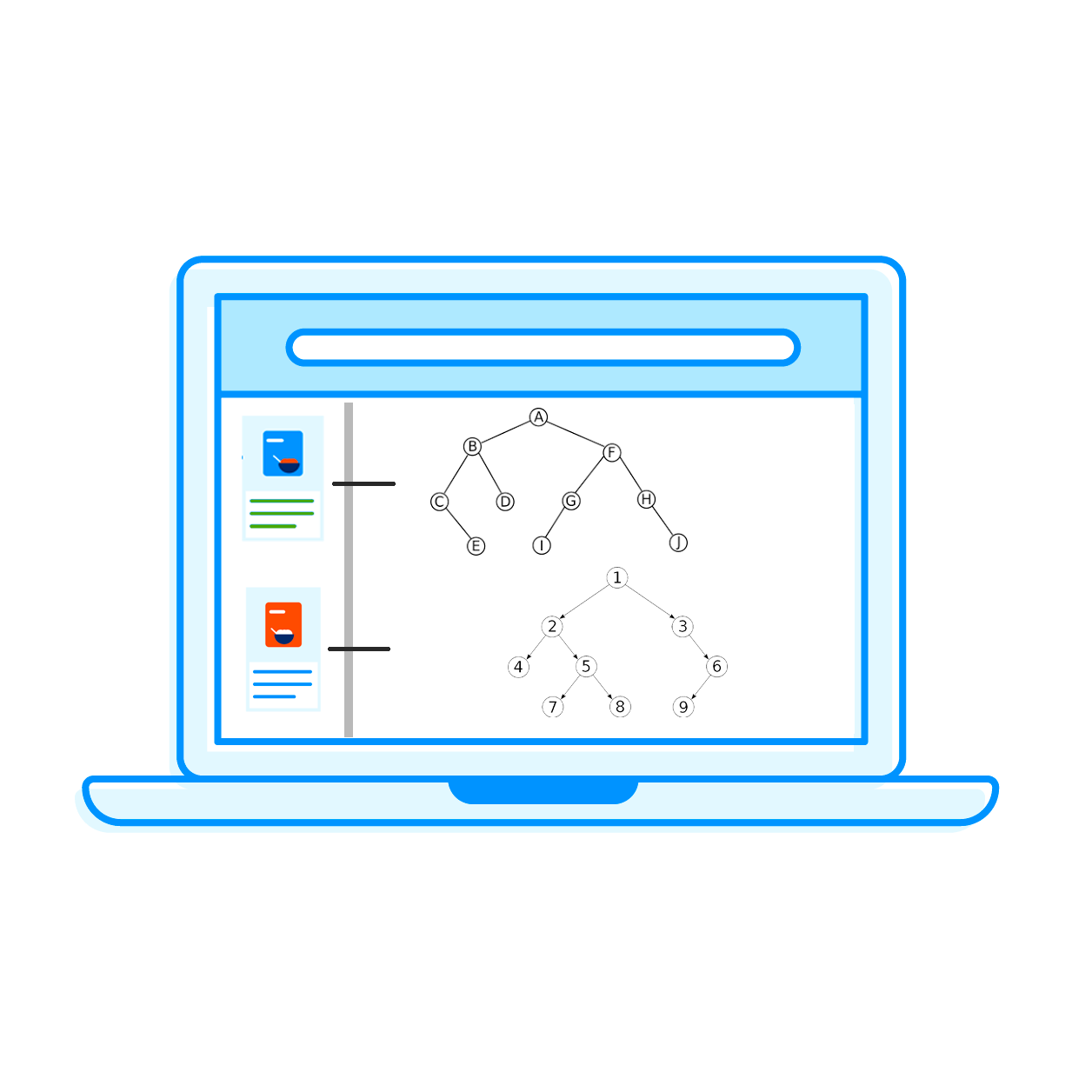
Evaluation of the most relevant versions
Evaluate different versions of your pricing strategy and determine the most relevant ones. Compare results, analyze performance, and make informed decisions on which version to implement. This evaluation therefore helps you to continually optimize your pricing approach.
Definition of automatic execution scheduling
Define an automatic execution schedule for your pricing strategies. Additionally configure rules to automate pricing updates at specific times, based on your business needs. So save time and ensure regular execution of your strategies.


Simulated price control and alerts
Our module includes simulated price monitoring and alerts features. Indeed, you can carry out pricing simulations to assess the potential impacts on your products, then check the simulated prices before their application. Additionally, in the event of a significant deviation or irregularity, our solution can generate alerts to inform you and allow you to take necessary action.
Supervision and treatment history
Follow the progress of treatments in real time, check for possible errors and access a detailed history of each operation carried out. In addition, this functionality allows you to maintain control and guarantee the integrity of your pricing data.
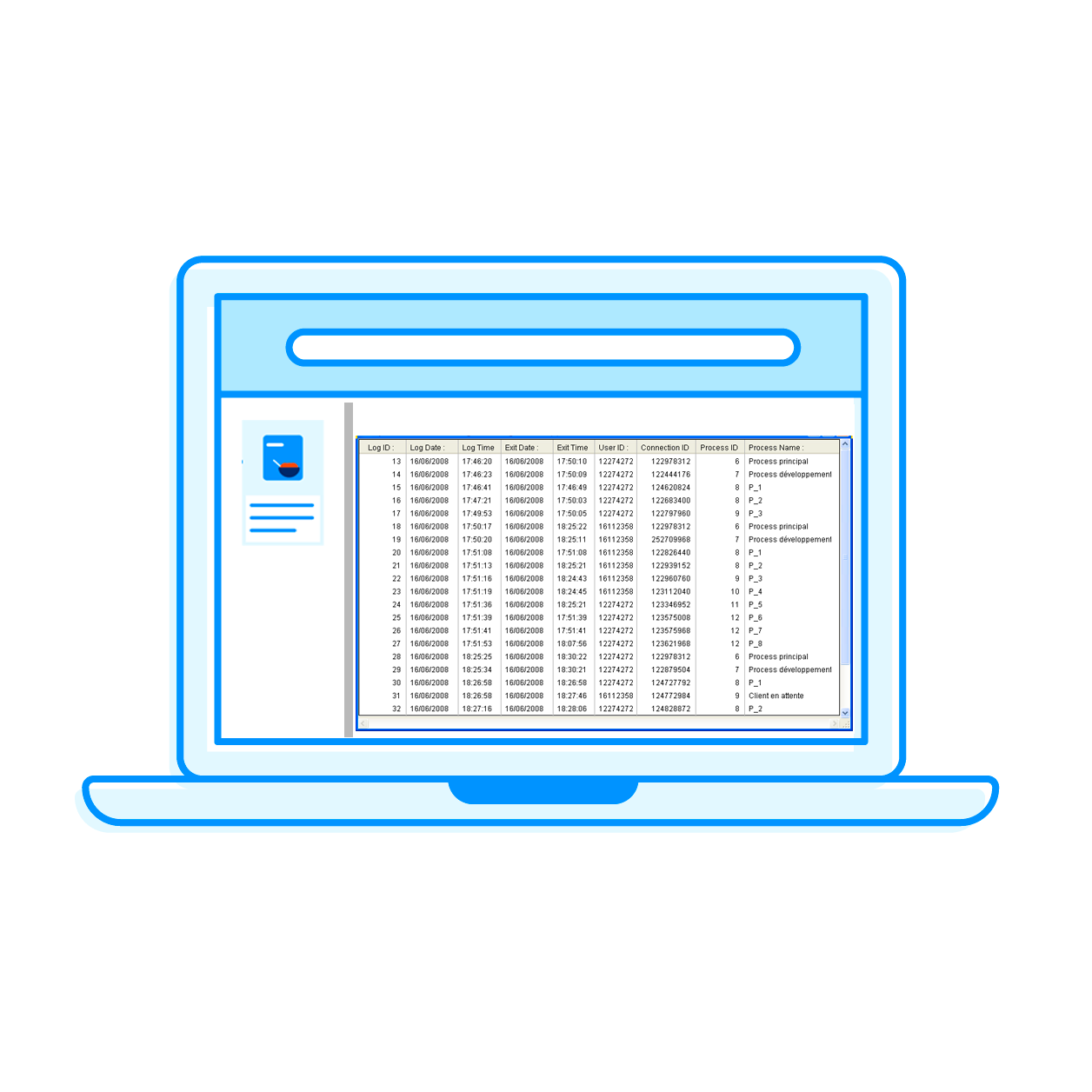

Export of the prices to your back-office
Finally, easily export validated prices to your back office and generate files compatible with your existing infrastructure for smooth integration of prices into your management system. This makes it easier to update prices across all of your sales channels and ensures consistency of pricing information.
Testimonials
« Optimix XPA is a very interesting tool. It has already allowed me to identify and correct pricing anomalies shortly after taking over my new store in Nice. I have just discovered that I can automate the generation of my analysis projects. I can't wait to use it for my other local stores. »
« Optimix is a highly effective pricing tool that enables us to adapt our pricing to our competitive context and margin objectives. Optimix offers the option to work at the item, category, or even based on national top sales, either individually or simultaneously, as well as on private label products, national brands, and regional products. »
« The Optimix Pricing XPA solution enables us to track the daily fluctuations in internal purchase prices as well as our competitors' selling prices so we can swiftly adapt our pricing strategy to ensure we achieve our desired margin or gain a competitive edge in the market. »
*6 months after deployment in 45 stores.
They trust us


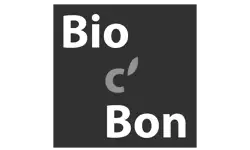







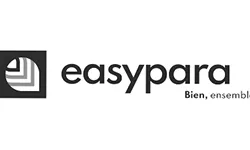

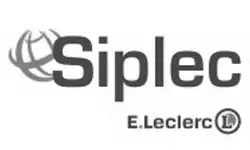







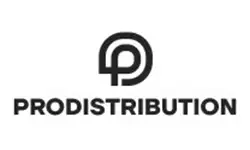




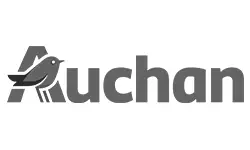
FAQ Pricing and pricing strategy
FAQ 1 : How does OptimiX adapt its Pricing Solution to the specificities of my network / organization?
OptimiX XPA, the pricing solution, is compatible with all types of network (integrated/franchised/hybrid) and meets both offline and online constraints (store network, pure player, omnichannel strategy).
Our standard includes settings that suit all these scenarios, without specific developments.
FAQ 2 : Why is it important to have a solid pricing strategy in retail?
Price is often one of the main considerations for consumers when deciding to buy a product. Having a well-defined pricing strategy allows you to set competitive prices, while guaranteeing the profitability of the company.
Additionally, in a dynamic market environment where trends are evolving very fast, such as during periods of pandemic, inflation or turmoil, a flexible and responsive pricing strategy is essential to keep up with these developments.
For example, XPA’s Pricing Strategy Management module provides such flexibility, allowing retailers to quickly adjust their prices in response to changing market dynamics.
Finally, a solid pricing strategy, based on reliable data and detailed analyses, guarantees informed decision-making, maximizes revenues, reduces price gaps and optimizes margins.
FAQ 3 : How do you determine product sales prices as part of a pricing strategy?
Determining sales prices as part of a pricing strategy requires a systematic approach. It is essential to collect, clean and prepare relevant data so that it is ready for use in pricing algorithms.
Tools like XPA offer modules dedicated to these steps. Once the data is prepared, it can be analyzed using advanced algorithms, such as “best fit”, to optimize pricing taking into account business objectives, historical data, market trends and product costs.
Businesses can also define custom pricing rules based on criteria such as costs, margins, market trends, and sales volumes.
FAQ 4: How can a pricing strategy contribute to customer loyalty?
An effective pricing strategy can greatly contribute to customer loyalty. By offering adapted and competitive pricing, customers perceive added value.
If customers feel they are getting good value for their money, they are more likely to return. Additionally, a flexible pricing strategy allows retailers to quickly adapt to changing market dynamics, ensuring that prices remain competitive even during turbulent times.
In addition, the use of tools such as XPA enables retailers to adjust their prices in line with market trends, costs, margins and other relevant criteria, ensuring that prices always reflect the current value of the product.
FAQ 5: What are the 5 main pricing strategies?
1. Market penetration strategy
Adopted when launching a new product in a competitive market, it consists of setting a price lower than that of the competition to quickly attract a large customer base. However, strong customer loyalty is essential to maintain engagement when the price subsequently increases.
2. Skimming strategy
This policy sets high prices for new products, targeting customers with high purchasing power or facing low competition. With market saturation, the price can be reduced to attract other segments.
3. Value-based pricing strategy
The price is determined based on the value perceived by consumers. It is suitable for luxury products, or those with distinctive characteristics, allowing them to capitalize on their unique aspects.
4. Competitive pricing strategy
This strategy takes into account the prices charged by competitors. Under this method, companies can choose to set their prices slightly below, at the same level or slightly above those of their competitors, requiring constant market monitoring.
5. Cost-plus pricing strategy
Simple and straightforward, it consists of adding a percentage of profit to the total costs of producing a product. Although this method does not take competitive positioning into account, it ensures that all costs are covered.


